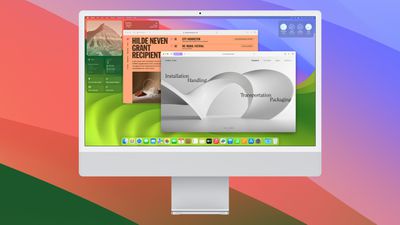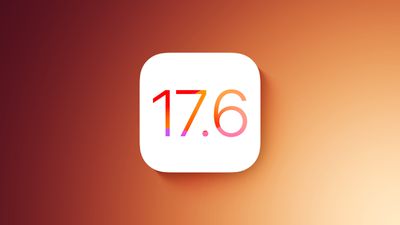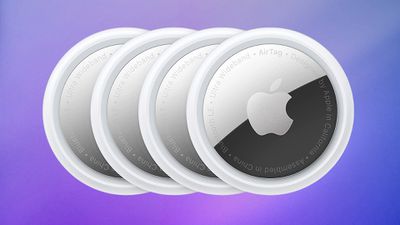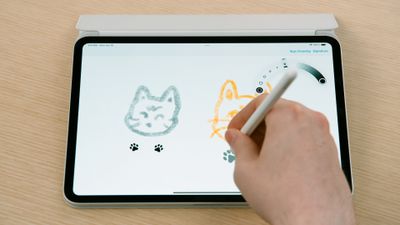Apple today said that European customers will not get access to the Apple Intelligence, iPhone Mirroring, and SharePlay Screen Sharing features that are coming to the iPhone, iPad, and Mac this September due to regulatory issues related to the Digital Markets Act.

In a statement to Financial Times, Apple said that there will be a delay as it works to figure out how to make the new functionality compatible with the European Union's competition rules.
Due to the regulatory uncertainties brought about by the Digital Markets Act, we do not believe that we will be able to roll out three of these [new] features -- iPhone Mirroring, SharePlay Screen Sharing enhancements, and Apple Intelligence -- to our EU users this year.
Apple Intelligence includes a wide range of additions that overhaul everything from Siri to apps, while iPhone Mirroring is a feature that allows the iPhone to be controlled on a connected Mac. SharePlay Screen Sharing lets users take control of another person's screen while using the SharePlay feature, with the aim of providing assistance.
Some of the Siri-related Apple Intelligence capabilities will not be launching until 2025, but Genmoji, Image Playground, Writing Tools, and many new in-app capabilities are set to be available starting in September, and these are what iPhone, iPad, and Mac users in the European Union will miss out on. It is not clear how long it will take Apple to expand this features to the EU, nor what changes Apple might have to make to introduce them under the DMA.
Apple's warning comes as the European Commission prepares to make a ruling on whether prior changes to allow for app marketplaces meet the terms of the DMA. Regulators have said that there are "very serious" issues with Apple's implementation, likely related to the Core Technology Fee that Apple is charging.
Note: Due to the political or social nature of the discussion regarding this topic, the discussion thread is located in our Political News forum. All forum members and site visitors are welcome to read and follow the thread, but posting is limited to forum members with at least 100 posts.














 Note: MacRumors is an affiliate partner with some of these vendors. When you click a link and make a purchase, we may receive a small payment, which helps us keep the site running.
Note: MacRumors is an affiliate partner with some of these vendors. When you click a link and make a purchase, we may receive a small payment, which helps us keep the site running.




















